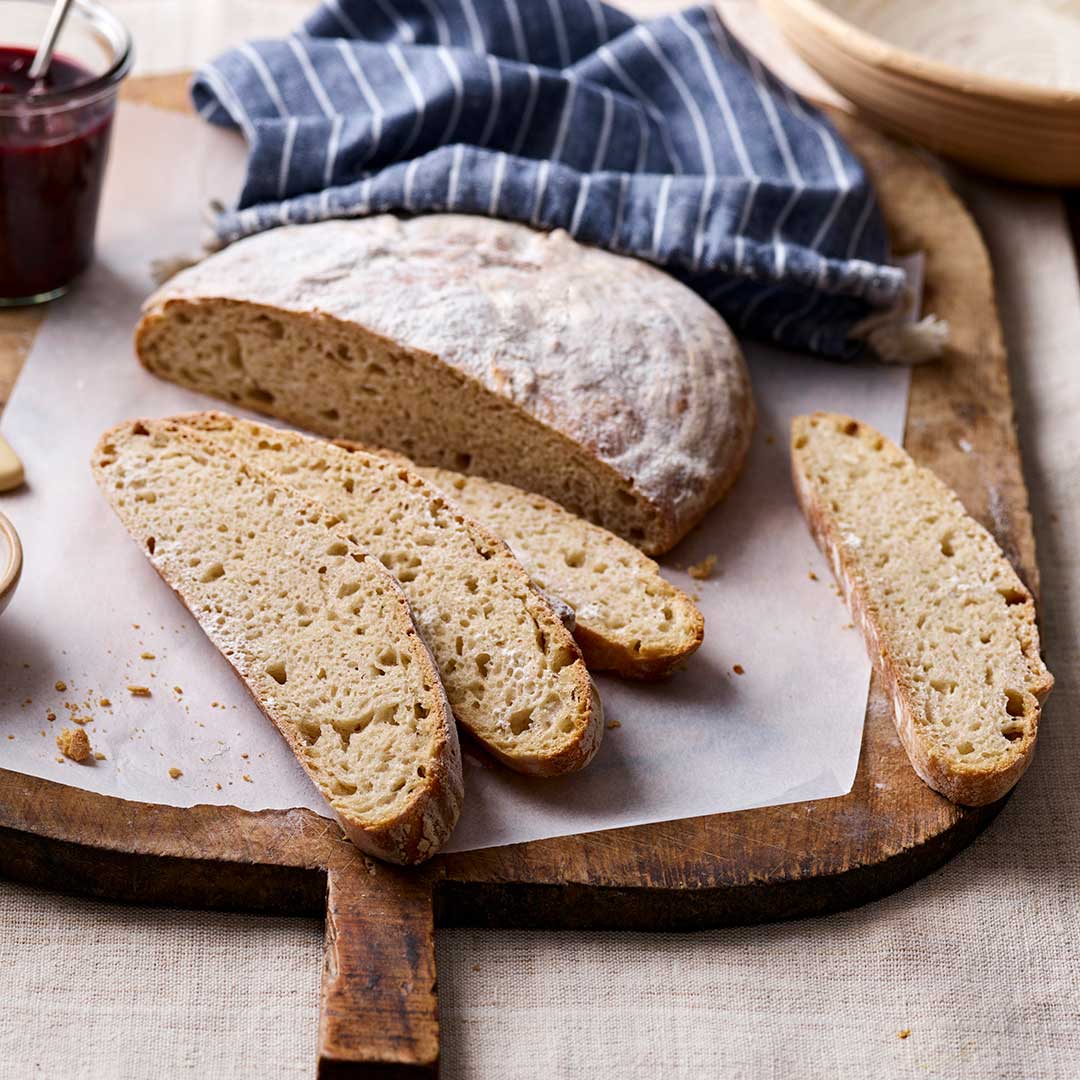
No reviews yet. Be the first to review this recipe.

Sourdough White Pain de Campagne Bread
No reviews yet. Be the first to review this recipe.
About this recipe:
No bread tin or banneton is required for this sourdough tribute to French Country breads, often made with a blend of wheat and rye flours and cooked on the floor of communal village ovens. Three separate stages need to be followed in sourdough bread making; the starter, the ferment and the final dough.
Before you begin to make your sourdough, we recommend reading our Guide to Sourdough Making alongside our handy Sourdough Starter Chart.
Equipment:
banneton, oven tray, 2 x mixing bowls and 500ml glass bowl
Ingredients:
STARTER
8-10 tbsp Doves Farm Organic Wholemeal Rye Flour
8-10 tbsp tepid water
FERMENT
50g rye starter (from above)
150ml tepid water
100g Doves Farm Organic White Spelt Flour
DOUGH
100ml tepid water
300ml ferment (from above)
425g Doves Farm Organic White Spelt Flour
1 tsp salt
1 tbsp oil
flour, for dusting
oil, for tray
Method:
220°C, Fan 200°C, 425°F, Gas 7
Starter – use this handy chart to help you keep track of your feeding times.
- On the first day, put one tablespoon of flour and one of water into a 500ml glass bowl and mix together.
- Wet a clean tea towel, wring it out well, lay it over the bowl and leave in a warm place for about 12 hours.
- After the 12 hours have passed, add another tablespoon of flour and another of water, mix together, cover with the damp tea towel and leave for another 12 hours.
- On day two (24 hours since beginning your starter), stir in a third tablespoon of flour and a third spoon of water, stir to mix, cover again with the damp tea towel and leave in a warm place for 12 hours.
- For the second feed of day two, add a tablespoon of flour and one of water, stir to mix, cover with the damp tea towel and leave in a warm place for 12 hours.
- For the first feed of day three (36 hours since beginning your starter), increase the feed by adding two tablespoons of flour and two of water, stir to mix.
- Re-dampen the tea towel if necessary, lay it over the bowl and leave in a warm place for 12 hours.
- On the second feed of day three, add one tablespoon of flour and another of water, mix together, cover loosely and leave for another 12 hours.
- At this point your starter should be bubbly and ready to create your ferment. If the starter is not showing bubbles, repeat the 12-hour feed and water routine, and ensure the starter is kept in a warm place.
Ferment
- Once your starter is bubbly, stir it and measure 50g of the starter into a large mixing bowl.
- Pour in 150ml water and stir until lump free.
- Add 100g flour and stir to make a smooth paste.
- Invert a larger mixing bowl over the dough bowl and leave in a warm place for 4-12 hours until bubbles appear. When bubbly, your ferment is ready to use (you can either dispose of any unused starter after bread making or keep and feed it regularly until your next baking session).
1st Dough
- Pour the tepid water into the ferment and mix well.
- Add the flour and stir to mix.
- When roughly mixed, sprinkle the salt over the top and stir until incorporated.
- Using your hands gather everything together, gently pressing into a ball of dough.
- Knead the dough in the bowl for 100 presses without adding flour.
- Invert the larger mixing bowl over the dough bowl and leave in a warm place until double in size which may take 4–12 hours.
2nd Dough
- Dust the inside of the banneton liberally with flour.
- Run a spatula around the edge of the swollen dough.
- Pour the oil onto the dough and dip your fingers in the oil.
- Pick up the dough on the far side of the bowl, gently pulling and stretching it upwards then fold it forward onto the dough still left in the bowl.
- Turn the dough a quarter to the left or right.
- Repeat the action of lifting and stretching the dough then folding back onto itself five or six times, turning the bowl each time.
- Tuck the edges of the dough under to make a ball of dough.
- Transfer the dough into the floured banneton with the smoothest side down.
- Cover with an upturned mixing bowl and leave to roughly double in size, 2-12 hours.
Baking
- Pre-heat the oven 20 minutes before you are going to bake.
- Dust an oven tray with flour or insert a baking liner.
- Remove the upturned bowl and very gently tip the dough onto the oven tray.
- Bake for 35-40 minutes until golden brown.
- Transfer the bread to a wire rack and leave to cool.
Click this link to find a handy Sourdough Starter Chart which when printed has space for you to enter the day and time that you feed your starter with flour and water and to help monitor progress.
This Guide to Sourdough Making contains lots of hints and tips for successful sourdough bread making.
Leave a review?
YOU MAY ALSO LIKE


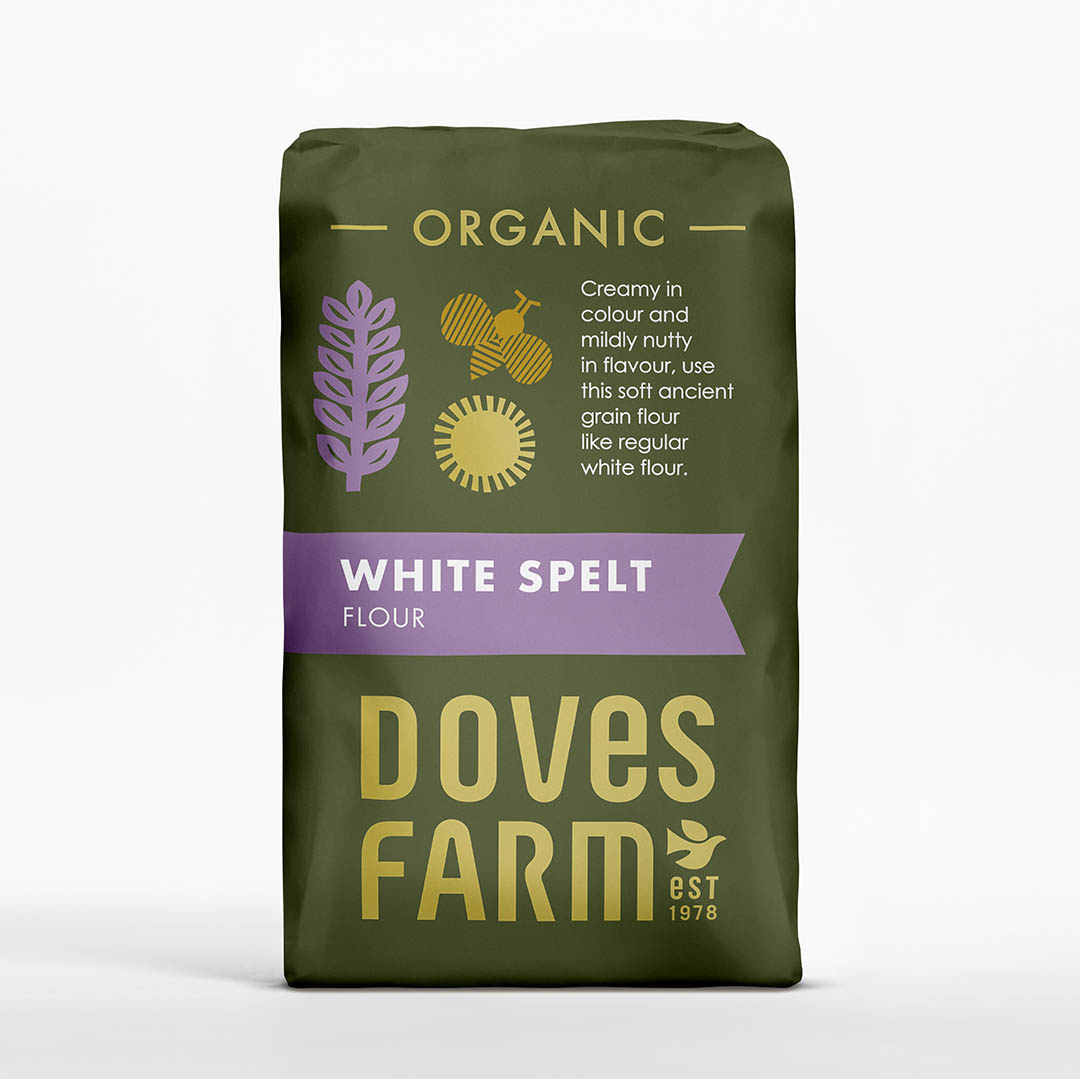
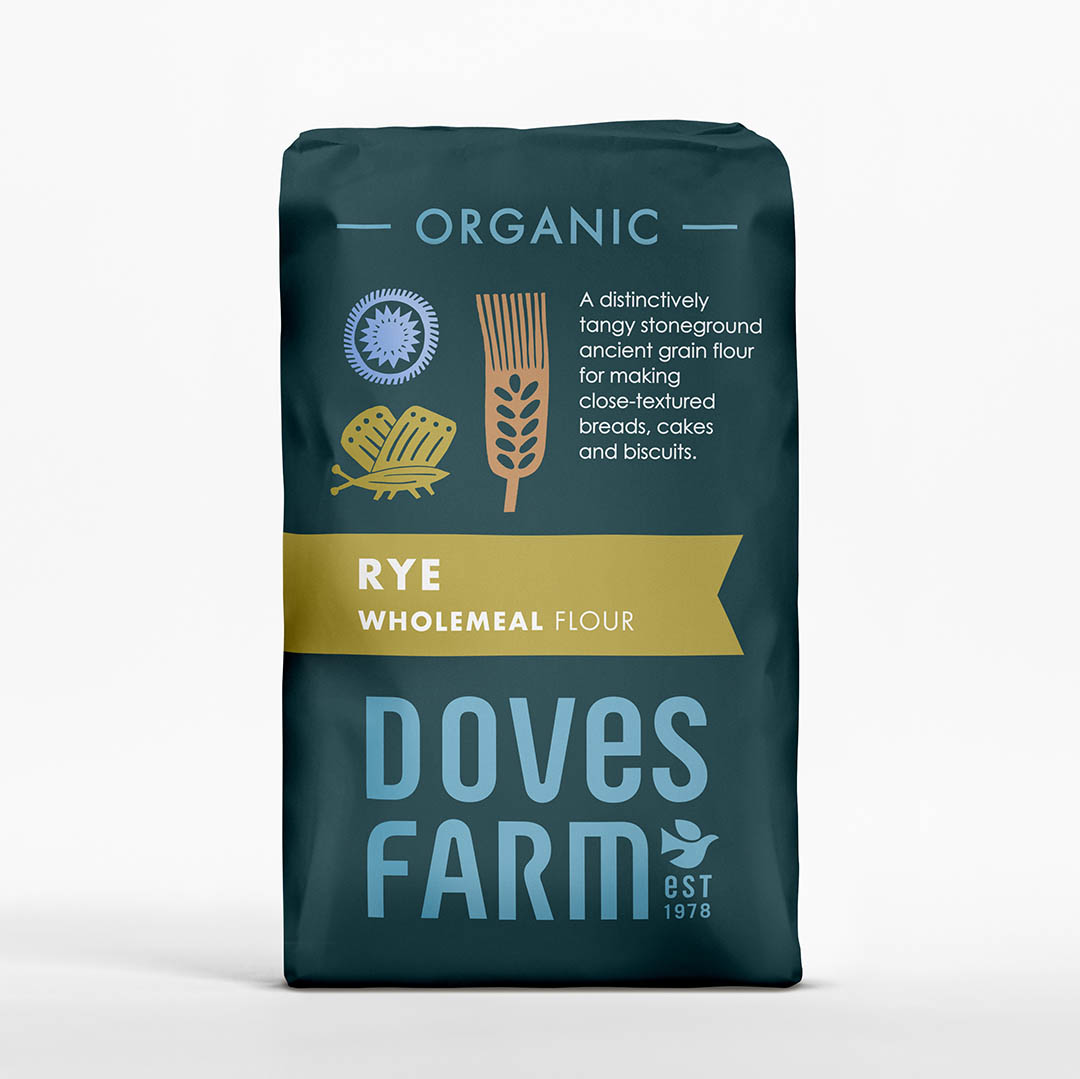


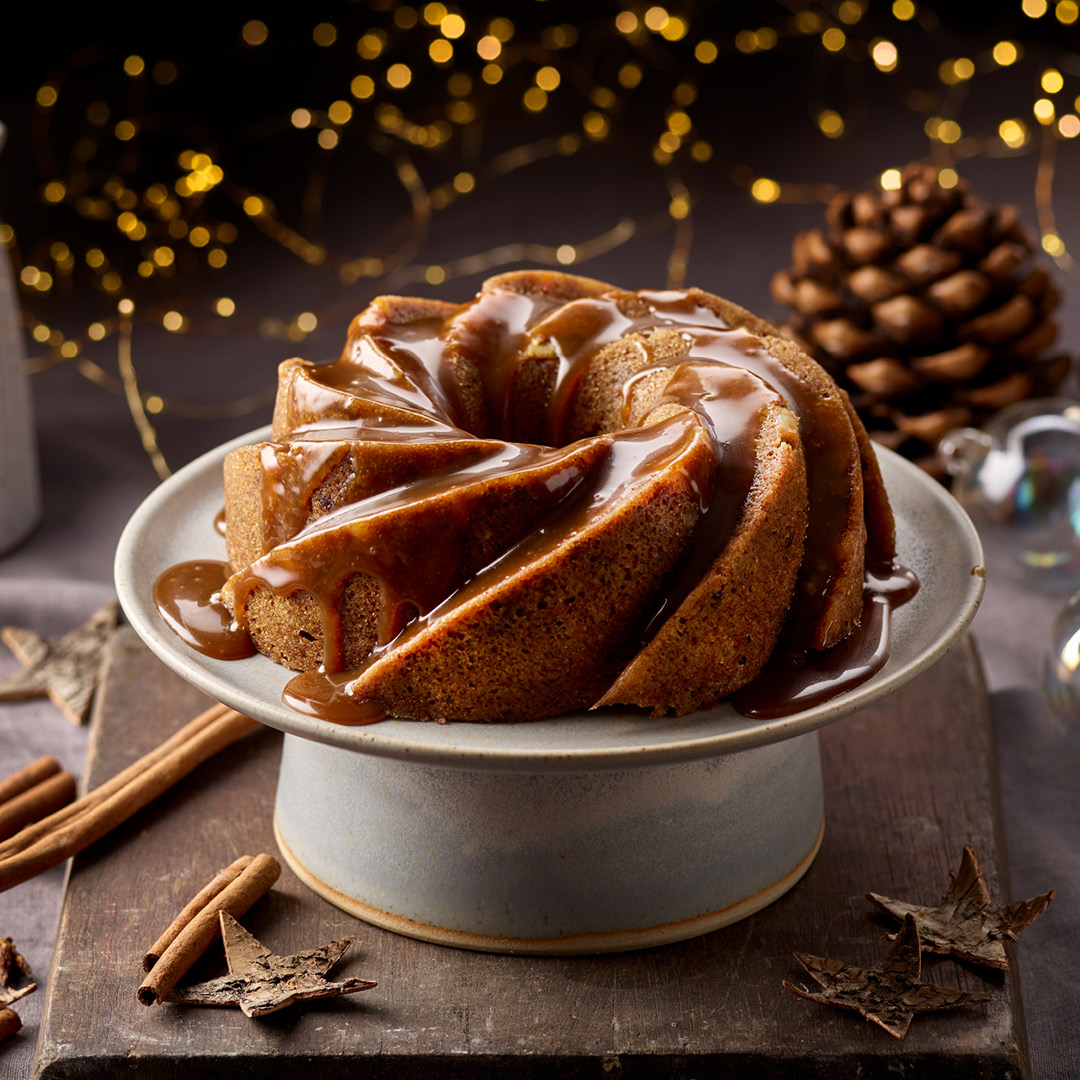
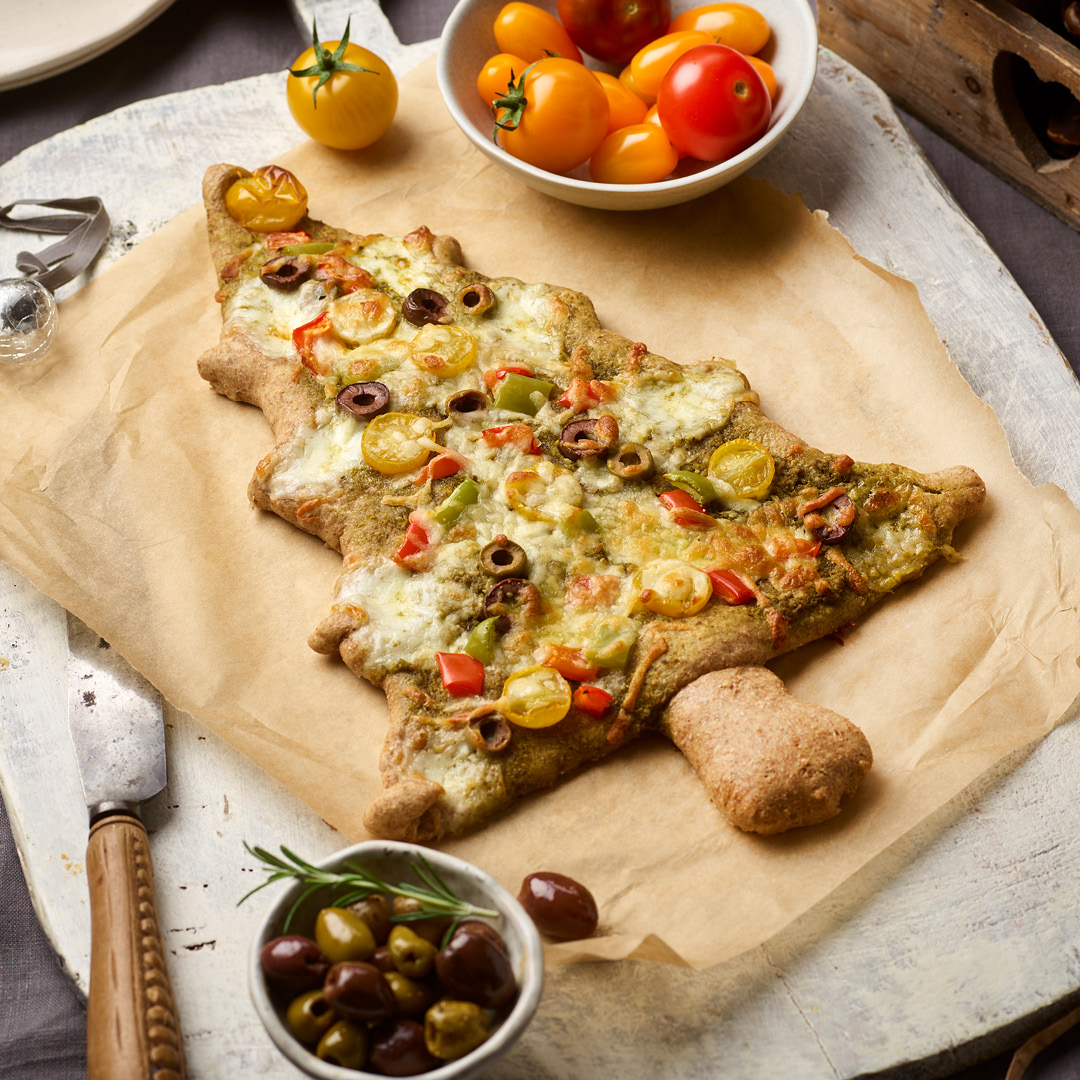

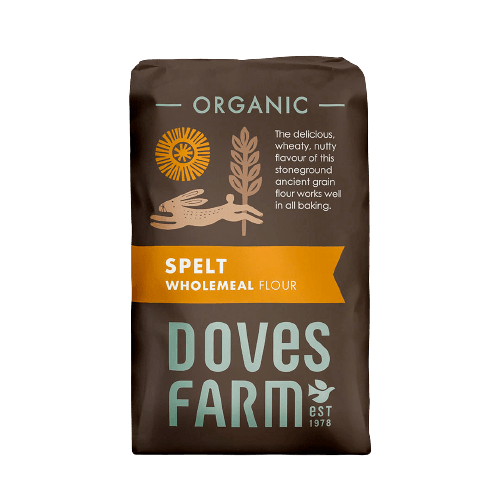
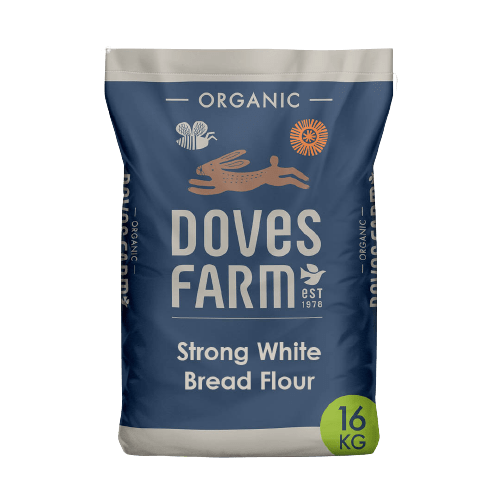
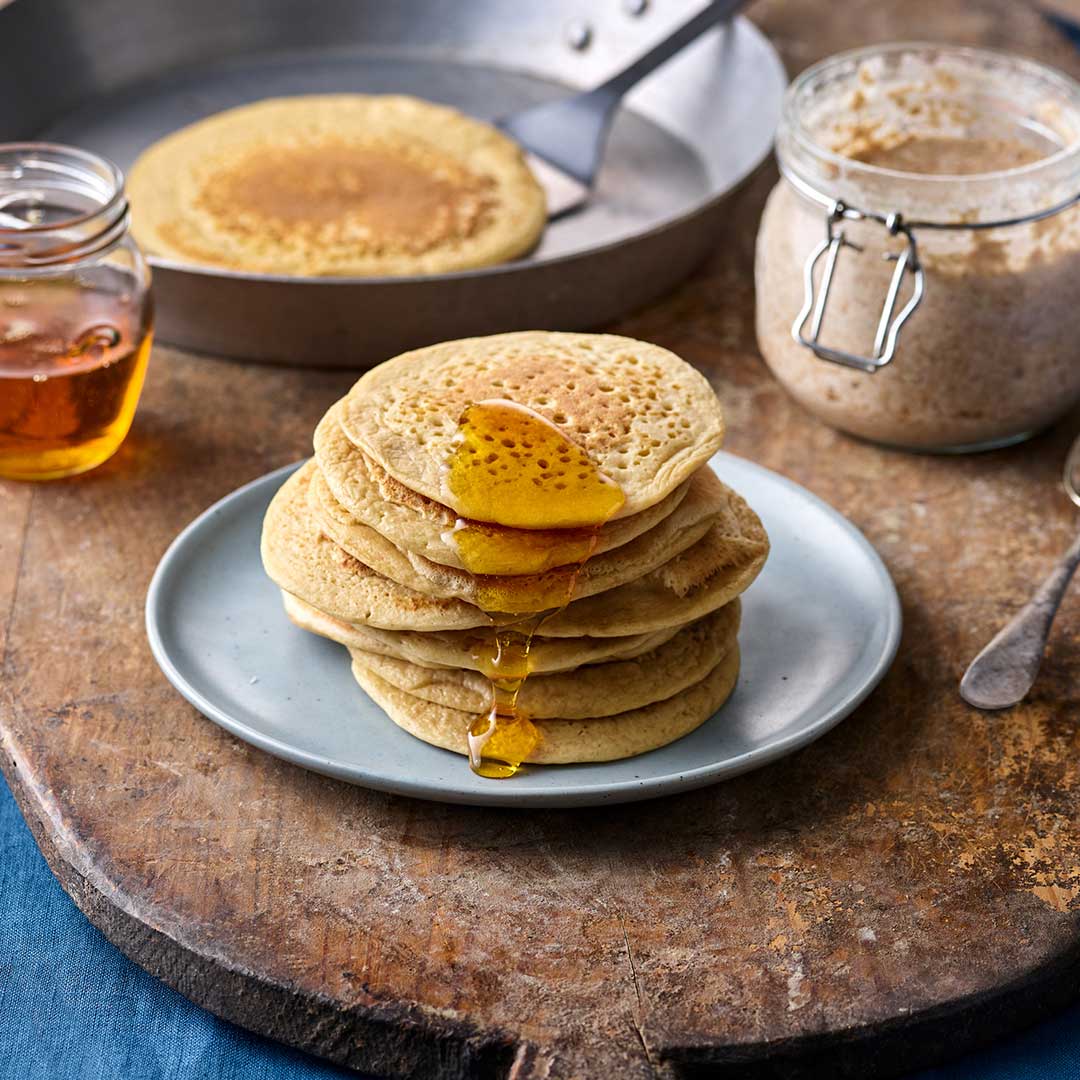
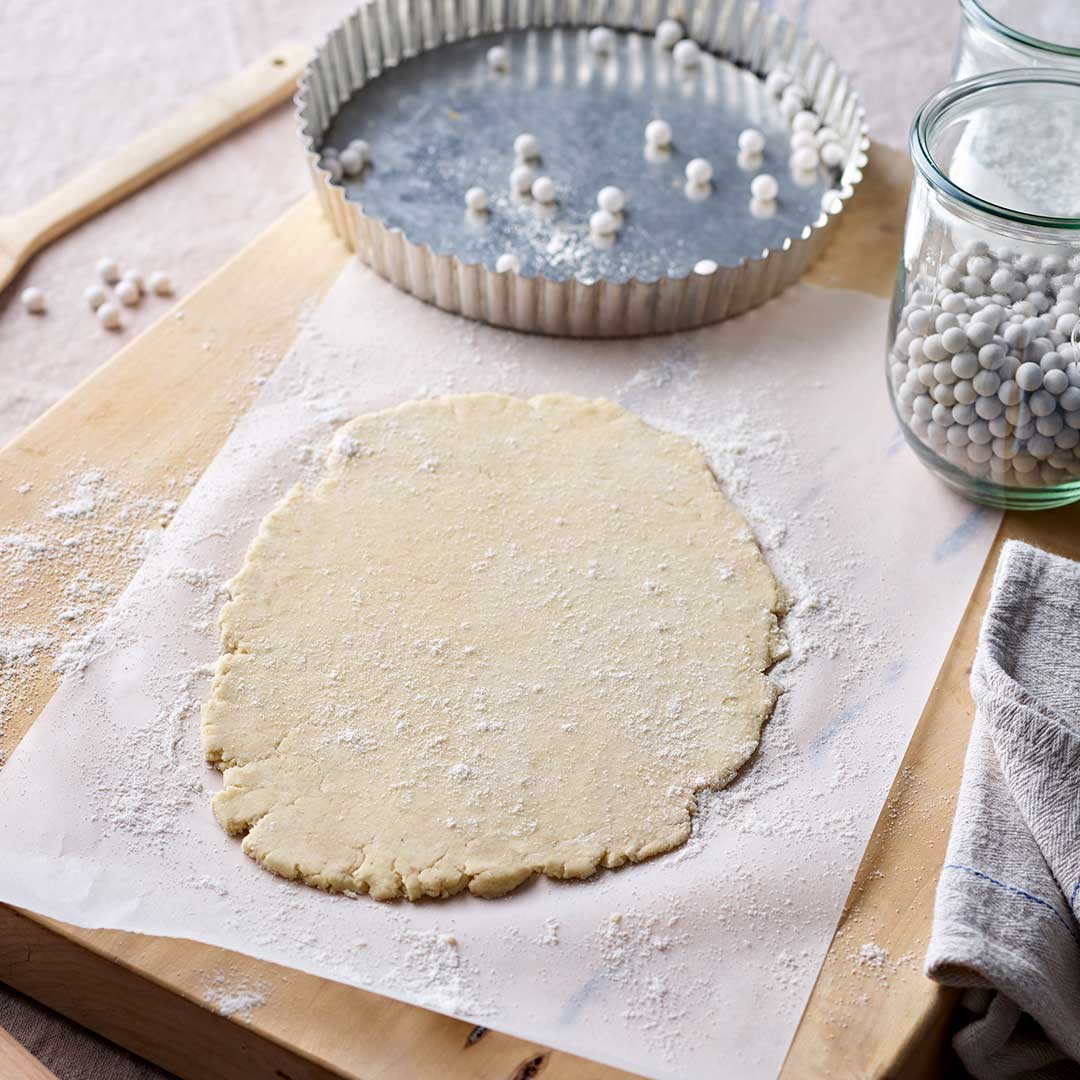
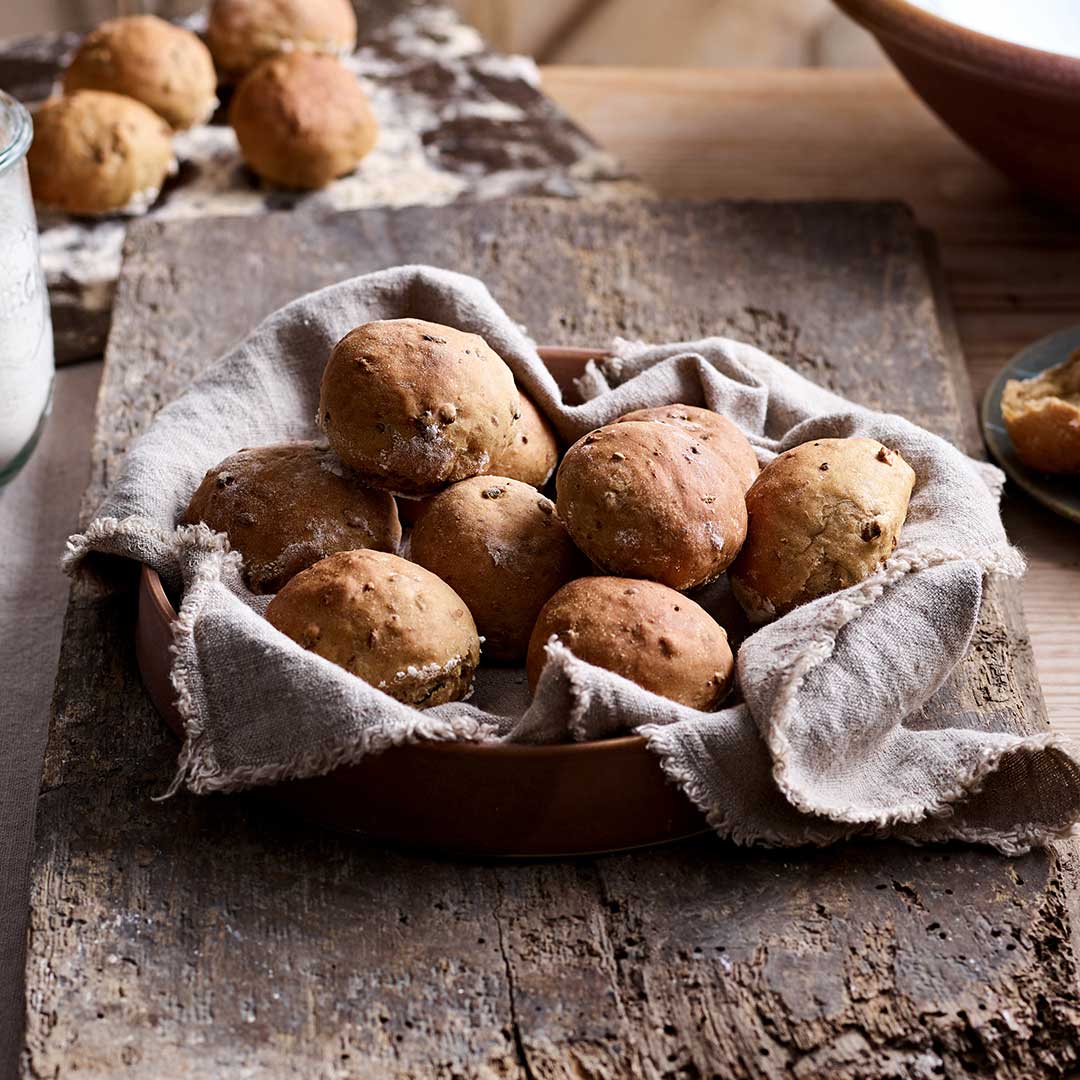
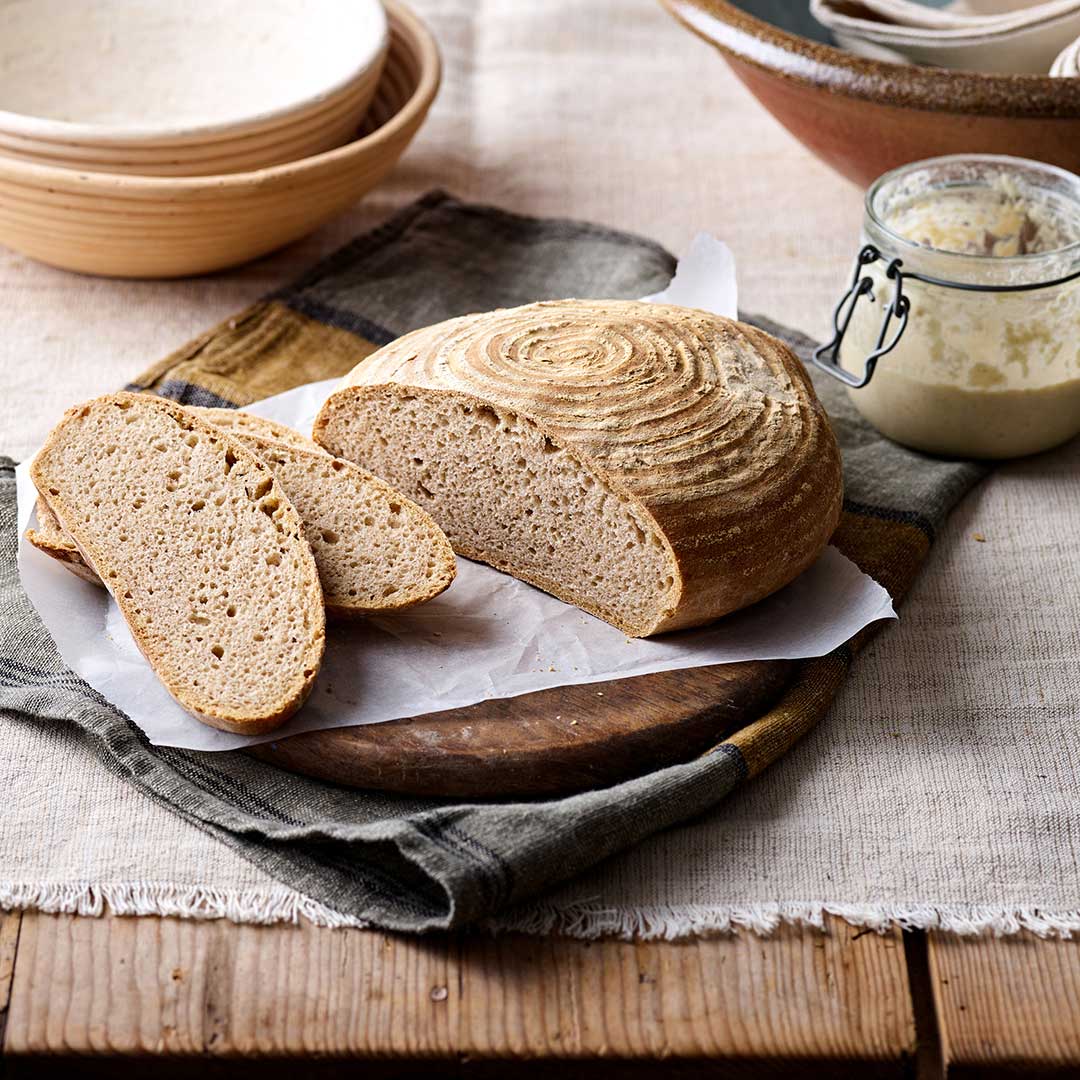






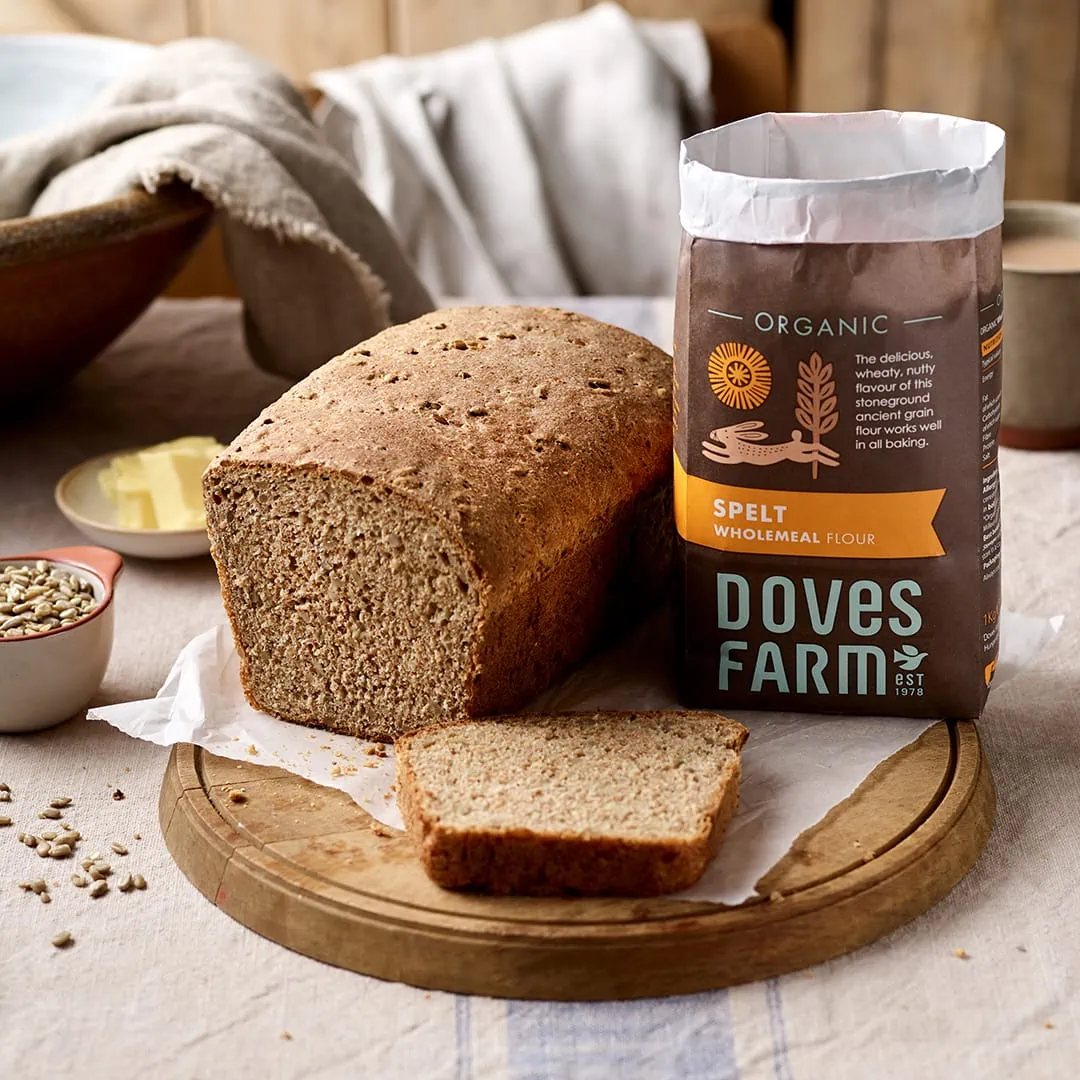
Leave a Reply